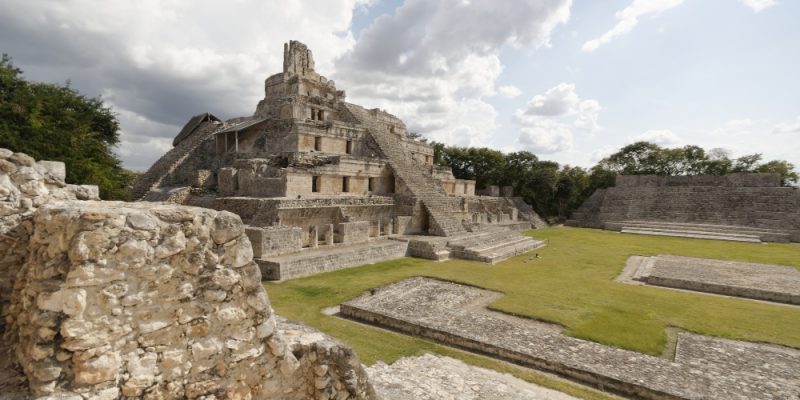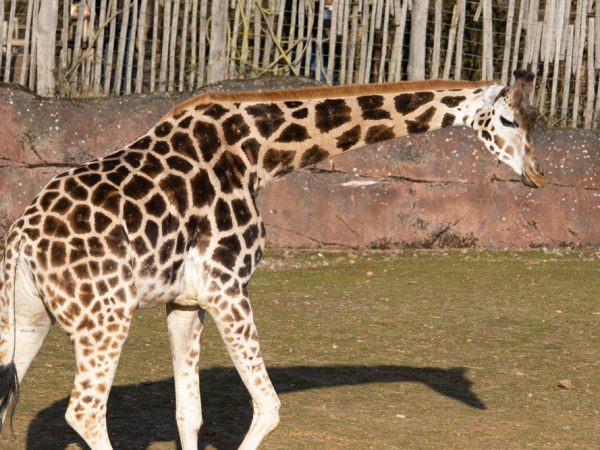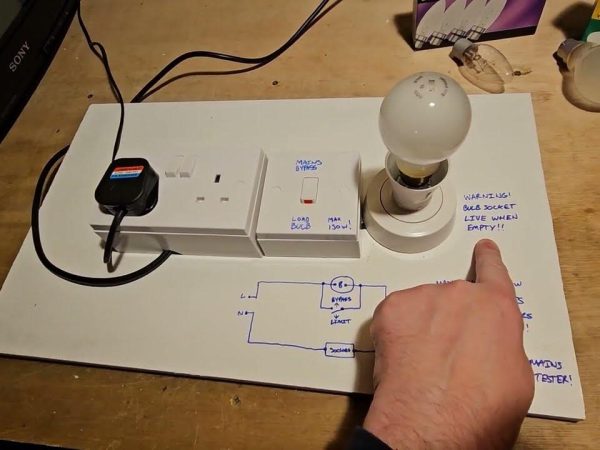Uxmal Yucatan Mexico: 10 Must-See Ruins and Temples

Nestled in the Puuc region of the Yucatán Peninsula, Uxmal Yucatan Mexico is a UNESCO World Heritage Site and one of the most impressive pre-Columbian cities of the Maya civilization. Known for its refined architecture, massive pyramids, and intricate stonework, Uxmal stands apart from other Mayan sites due to its artistry and unique layout.
In this guide, we’ll take you through 10 must-see ruins and temples at Uxmal that every visitor should explore. Whether you’re a history buff, architecture enthusiast, or curious traveler, these highlights will give you a deeper appreciation for ancient Maya culture.
1. Pyramid of the Magician (Pirámide del Adivino)
Towering at about 35 meters high, the Pyramid of the Magician is the most iconic structure in Uxmal. Legend says it was built overnight by a dwarf magician, giving it mystical significance in Maya folklore.
Architectural style: Oval base with five different construction phases layered over time.
What makes it special: The unusual elliptical base, rare among Maya pyramids.
Tip: Visit early or at sunset to see the sun cast dramatic shadows on its steep staircase.
2. Nunnery Quadrangle (Cuadrángulo de las Monjas)
Despite its name, the Nunnery Quadrangle had nothing to do with nuns. It was likely a governmental or ceremonial center, made up of four buildings enclosing a large courtyard.
Highlights: Intricate mosaics, latticework, and over 300 decorative masks of the rain god Chaac.
Cultural significance: Thought to be a training area for elite Maya youth.
Don’t miss: The ornate frieze on the north building showcasing celestial and terrestrial symbolism.
3. Governor’s Palace (Palacio del Gobernador)
Considered one of the finest examples of Puuc architecture, the Governor’s Palace stretches 97 meters long and sits atop a grand platform.
Key features: Over 20,000 individually carved stones with geometric patterns and Chaac masks.
Panoramic views: The building offers sweeping views of the surrounding jungle and Uxmal structures.
Interesting fact: Its alignment corresponds to the rising of Venus, reflecting Maya astronomical precision.
4. Great Pyramid (Gran Pirámide)
Less restored than the Pyramid of the Magician, the Great Pyramid still provides an authentic glimpse into ancient Maya construction.
Why visit: You can climb to the top for one of the best views of the Governor’s Palace and the surrounding jungle.
Structure details: The pyramid has nine levels, possibly symbolizing the underworld.
Tip: Wear good shoes—the climb can be steep but rewarding.
5. House of the Turtles (Casa de las Tortugas)
Located next to the Governor’s Palace, this smaller but intricately decorated structure is named for the turtle carvings that adorn its frieze.
Symbolism: Turtles represented rain and fertility in Maya culture.
Architectural charm: Simple yet elegant, it’s a refreshing contrast to the more massive structures.
Photo op: Great for detailed close-ups of Maya stone carving artistry.
6. Temple of the Phalluses (Templo de los Falos)
This temple is small and often overlooked, but it’s a fascinating site for those interested in ancient fertility rituals.
Decorative elements: Phallic carvings believed to symbolize fertility and agricultural abundance.
Location: Slightly off the main trail—ask a guide or staff to help locate it.
Cultural relevance: Reflects the Maya’s reverence for nature and life cycles.
7. Ball Court (Juego de Pelota)
The Mesoamerican ballgame played here wasn’t just sport—it held religious and political significance. The Uxmal ball court is modest compared to others but still remarkable.
Structure: Two parallel platforms forming the court, with stone rings mounted high on the walls.
Purpose: Games may have been linked to cosmology and even human sacrifice.
Tip: Imagine the intensity of ritual games played to decide life or death.
8. House of the Old Woman (Casa de la Vieja)
According to local legend, this structure was the home of the dwarf’s adoptive grandmother (from the Pyramid of the Magician tale).
Mythological link: Ties folklore directly to the site’s physical layout.
Architectural style: A typical Puuc-style house with stone columns and detailed carvings.
Off the beaten path: Less visited, offering a peaceful atmosphere for reflection.
9. South Temple (Templo Sur)
This lesser-known structure is tucked away but offers unique perspectives on the city’s layout.
Exploration vibe: A chance to see unrestored ruins and understand the site’s scale.
Panoramic angle: Great vantage point for photography enthusiasts.
Tip: Bring a zoom lens to capture distant carvings and stonework.
10. House of the Doves (Casa de las Palomas)
Named for its multi-arched roof comb that resembles a dove cote, this structure sits on the edge of the complex.
Design: A long, colonnaded hallway with multiple small doorways.
Symbolism: Possibly served a religious or residential function.
Great for: Those wanting to step away from the crowds and absorb the ambiance of Uxmal’s outskirts.
Conclusion: Dive Into the Mystique of Uxmal
Visiting Uxmal Yucatan Mexico is a deep dive into one of the most graceful and enigmatic ancient cities of the Maya world. The artistic mastery, mathematical precision, and cosmic alignments in these 10 must-see ruins and temples reflect a civilization that was far more advanced than its time.
From the Pyramid of the Magician’s awe-inspiring presence to the hidden charm of the House of the Doves, every corner of Uxmal tells a story of spirituality, power, and innovation. Spend a full day (or two) walking its sacred grounds and you’ll leave with a profound sense of wonder and respect for the ancient Maya.
FAQs About Uxmal Yucatan Mexico Ruins and Temples
1. How much time should I spend at Uxmal to see all 10 sites?
Plan for at least 4–5 hours to explore the major structures comfortably, including time for rest, photos, and climbing permitted pyramids.
2. Can I climb the ruins at Uxmal?
Some structures like the Great Pyramid can still be climbed, but others, like the Pyramid of the Magician, are off-limits for preservation. Always follow posted signs.
3. What’s the best time of day to visit Uxmal?
Morning visits (8–10 AM) are ideal to avoid crowds and heat. The light is also perfect for photography at that time.
4. Is Uxmal suitable for children or seniors?
Yes! The site is relatively flat with shaded areas and rest spots. Just be cautious on uneven terrain or while climbing.
5. Are guided tours available at Uxmal?
Yes, both English and Spanish-speaking guides are available at the entrance. Hiring a guide enhances your understanding of the temples’ cultural and architectural significance.
Also read : Mexico Itinerary: 10 Incredible Spots You Can’t Miss











